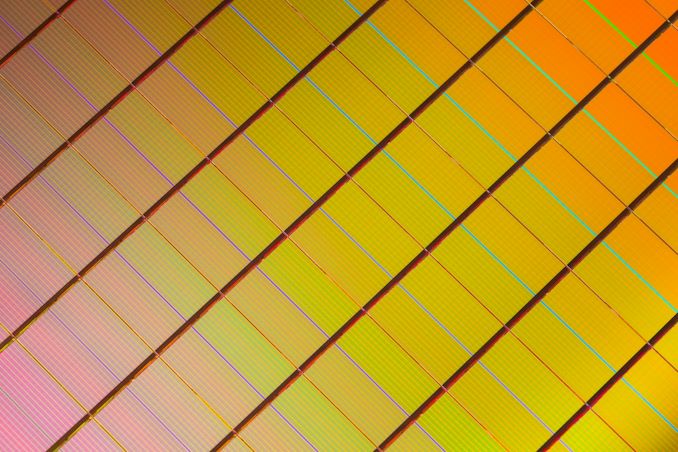In a sudden, but perhaps not too surprising, announcement, Micron said it is ending all R&D on 3D XPoint memory technology. Intel and Micron jointly developed the 3D XPoint memory, unveiled in 2015 as a non-volatile memory technology with greater performance and durability than NAND flash memory.
Intel was responsible for almost the entire commercial volume of 3D XPoint-based products, under its Optane brand for NVMe SSDs and persistent memory modules in the DIMM form factor. Micron in 2016 announced its QuantX brand for 3D XPoint products, but never sold anything under that brand. Its first and only real 3D product based on XPoint was the state-of-the-art X100 business SSD, which had a very limited launch for close partners. Micron has now decided that more work to commercialize 3D XPoint memory is not worth the investment.


Currently, Micron has the only factory equipped to mass produce XPoint 3D memory: the Lehi, Utah factory, which was formerly the home of the Intel-Micron flash and the 3D XPoint IMFT joint venture. Intel and Micron began to split their partnership in 2018, first paving the way for the development of 3D NAND flash memory, followed by the dissolution of the 3D XPoint partnership after completing the development of the second generation 3D XPoint. In 2019, Micron exercised its rights to purchase Intel’s share of the IMFT factory, leaving Micron as the sole owner of the factory and Intel in the position to purchase Micron 3D XPoint wafers for use in Optane products. Intel’s Optane products have not been sufficient to fully utilize that plant’s capacity, and Micron’s non-GAAP operating profits are reaching more than $ 400 million per year in underutilization fees.
![]()
Micron is now putting that 3D XPoint factory up for sale and is currently in negotiations with several potential buyers. Intel is the most obvious potential buyer, having recently started the long process of selling its flash-based NAND and SSD flash businesses to SK hynix, while maintaining its Optane products. Intel has already moved its 3D XPoint R&D to Rio Rancho, NM, but has not built any of its own 3D XPoint mass production capabilities; buying Lehi, UT fab would save them the trouble of equipping them, for example. its NAND factory in Dalian, China, to also manufacture 3D XPoint.
However, Intel is not guaranteed to be the buyer for the Lehi, UT plant. They have undoubtedly had opportunities to do this before, as Intel and Micron broke up their partnership. Micron states that Lehi, UT fab could be used to produce analog or logic ICs, not just memory – and that converting it to large-scale manufacturing of DRAM or NAND flash memory would not be as appealing to Micron as simply expanding the capacity of other existing factories. With the widespread scarcity of semiconductors affecting almost every corner of the industry, this plant is likely to be sold quickly, even if the buyer needs to make a substantial effort to retrofit.
Micron does not have an in-line direct replacement for 3D XPoint memory technology, but continues R&D on new memory and storage technologies. Micron’s announcement is emphasizing a pivot for the development of memory products that will use the Compute Express Link (CXL) interface, which promises to be a vendor-neutral interface for DRAM and non-volatile memories, such as 3D XPoint.
Related Reading:
